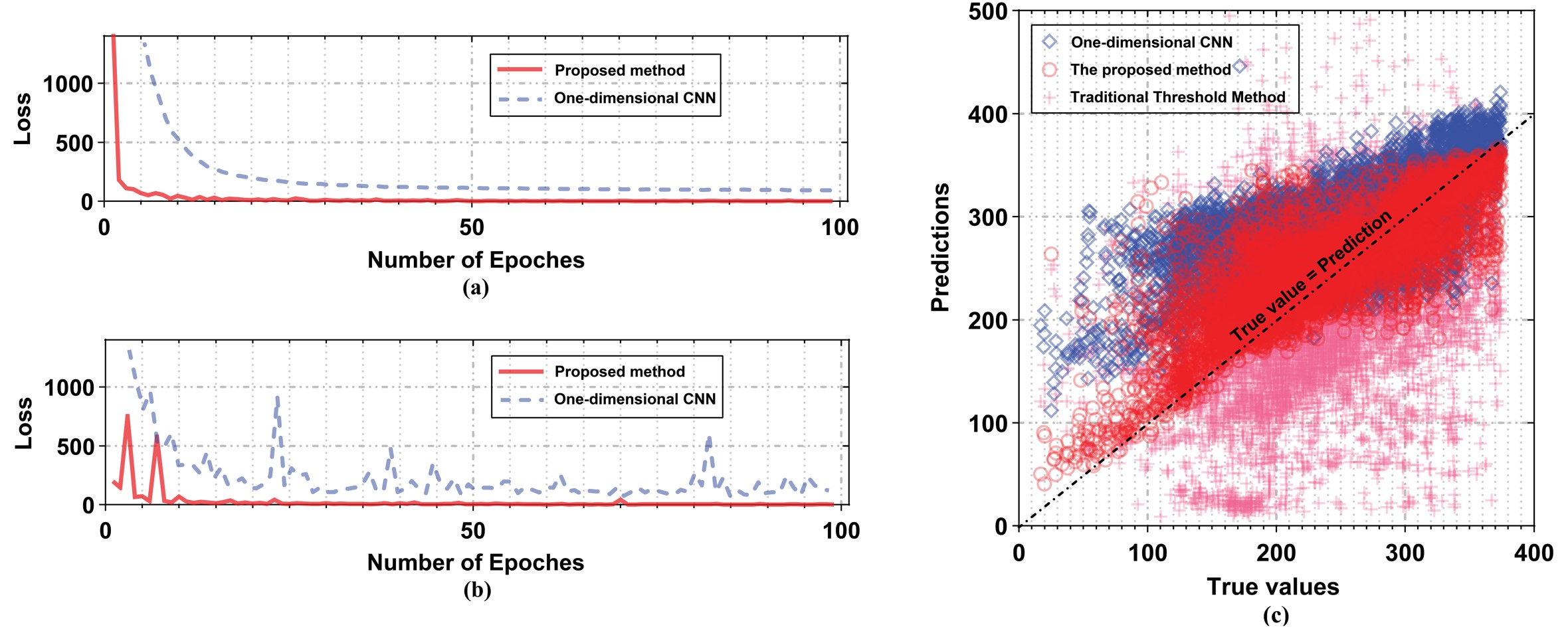|
I am admitted to the College of Electronic Science and
Technology, National University of Defense
Technology (NUDT), Changsha, China to persue my Ph.D degree in Information and Communication
Technology,
supervised by Prof. Liu and Dr. Hu. I majored in Microelectronic
Science and Engineering in my undergraduate years. As a scientific researcher, I am extremely interested in cross-displine topics and atificial intelligence.
Email: chenlingfeng@nudt.edu.cn /
ORCID: 0009-0003-2690-9407
|

|
|
Mar 2025: Happy to announce that our paper Human Motion Recognition through Multi-Aspect mmWave FMCW Radar Data got accepted to IGARSS 2025! Jan 2025: My National College Student Innovation and Entrepreneurship Project, "A Deep Graph Model of Virus-Human Protein-to-Protein Interaction". Rated as Excellent (rank 1/38 in 2024 projects). Dec 2024: The codes of Channel-DN4 are now released! Nov 2024: We are in the final of the Challenge Cup! A contest for multiModal detection through IR&RD data. Awarded with Honorable Mention (rank 8/61 in our track). Nov 2024: Happy to announce that our paper HRRPGraphNet: Make HRRPs to Be Graphs for Efficient Target Recognition got accepted to IET Electronics Letters! Oct 2024: The codes of GAF-MLGNN are now released! Sep 2024: The codes of HRRPGraphNet are now released! |
|
|

|
To efficiently utilize the target information from HRRP samples under few-shot scenario, our solution brings a new mindset to take both inner-sample and inter-sample information into consideration. More importantly, we have proposed a novel task set-based meta learning method for GNN, which further enhances the generalization ability of the model. |

|
Radar human motion recognition methods based on deep learning models has been a heated spot of remote sensing in recent years, yet the existing methods are mostly radial-oriented. In practical application, the test data could be multi-aspect and the sample number of each motion could be very limited, causing model overfitting and reduced recognition accuracy. This paper proposed channel-DN4, a multi-aspect few-shot human motion recognition method... |

|
High Resolution Range Profiles (HRRPs) have become a key area of focus in the domain of Radar Automatic Target Recognition (RATR). Despite the success of deep learning based HRRP recognition, these methods need a large amount of training samples to generate good performance, which could be a severe challenge under non-cooperative circumstances... |

|
This paper introduces an innovative deep learning-based method for end-to-end target radial length estimation from HRRP (High Resolution Range Profile) sequences. Firstly, the HRRP sequences are normalized and transformed into GAF (Gram Angular Field) images to effectively capture and utilize the temporal information... |
|
Thank Dr. Jon Barron for sharing the source code of the website. |